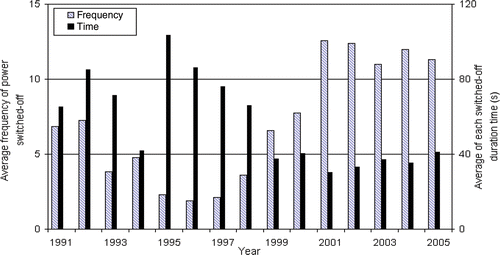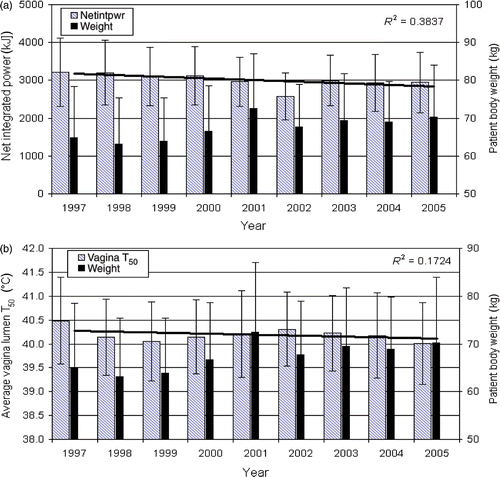Figures & data
Table I. The number of primary cervical cancer patients/treatments as analyzed in this study, per weight-group and time-period, in which the Sigma-60 applicator and four configurations of the BSD-2000 system used by the Rotterdam Hyperthermia Group from 1991 to 2005.
Table II. Average values of patients’ characteristics, RF-power, and temperature data per treatment.
Figure 1. Average of (a) net integrated power, (b) net integrated power per weight, and (c) vagina T50 in the three weight-groups treated with the four configurations of the BSD-2000 and Sigma-60 applicator.
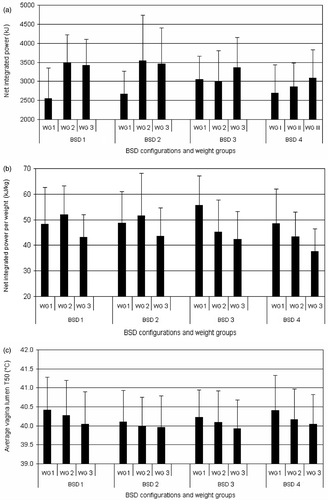
Table III. Average values of patients’ characteristics, RF-power, and temperature data per treatment for the four configurations of the BSD-2000.
Figure 2. Averages of (a) net integrated power, (b) net integrated power per weight, and (c) vagina T50, in primary cervical cancer patients for the three weight-groups (WG I: W < 61 kg, WG II: 61 ≤ W ≤ 70 kg, WG III: W > 70 kg).
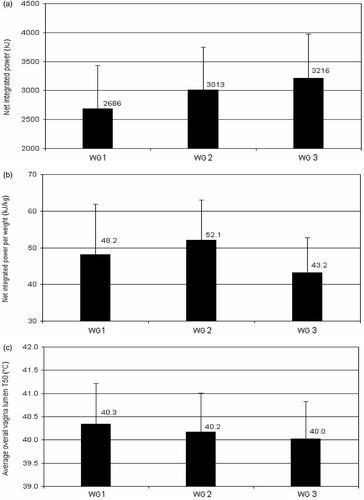
Table IV. Average values of patients’ characteristics, RF-power, and temperature data per treatment for the three weight-groups. Numbers in parentheses show 1 SD.
Table V. Average values of patients’ characteristics, RF-power, and temperature data per treatment over the 15 years application of loco-regional deep hyperthermia by the Rotterdam Hyperthermia Group.
Figure 3. Average of (a) net integrated power (b), net integrated power per weight, and (c) vagina T50, over the years in primary cervical cancer patients treated with the four configurations of the BSD-2000 and Sigma-60 applicator.
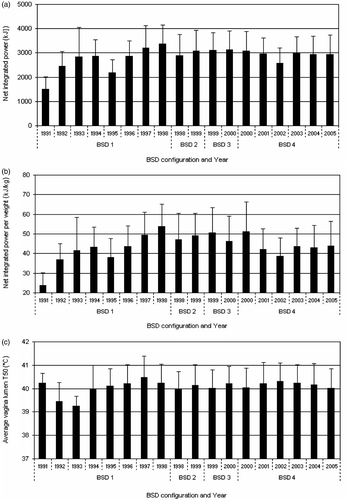
Figure 4. Average frequency of power switched-off and each switched-off duration time per treatment over the 15 years.
